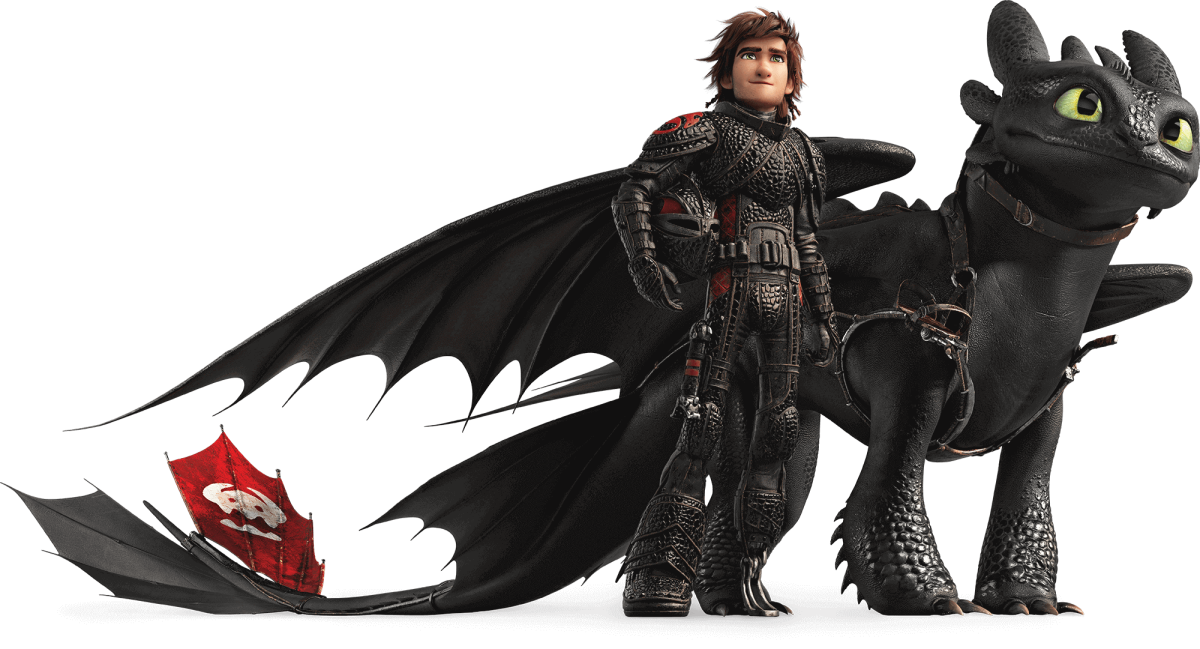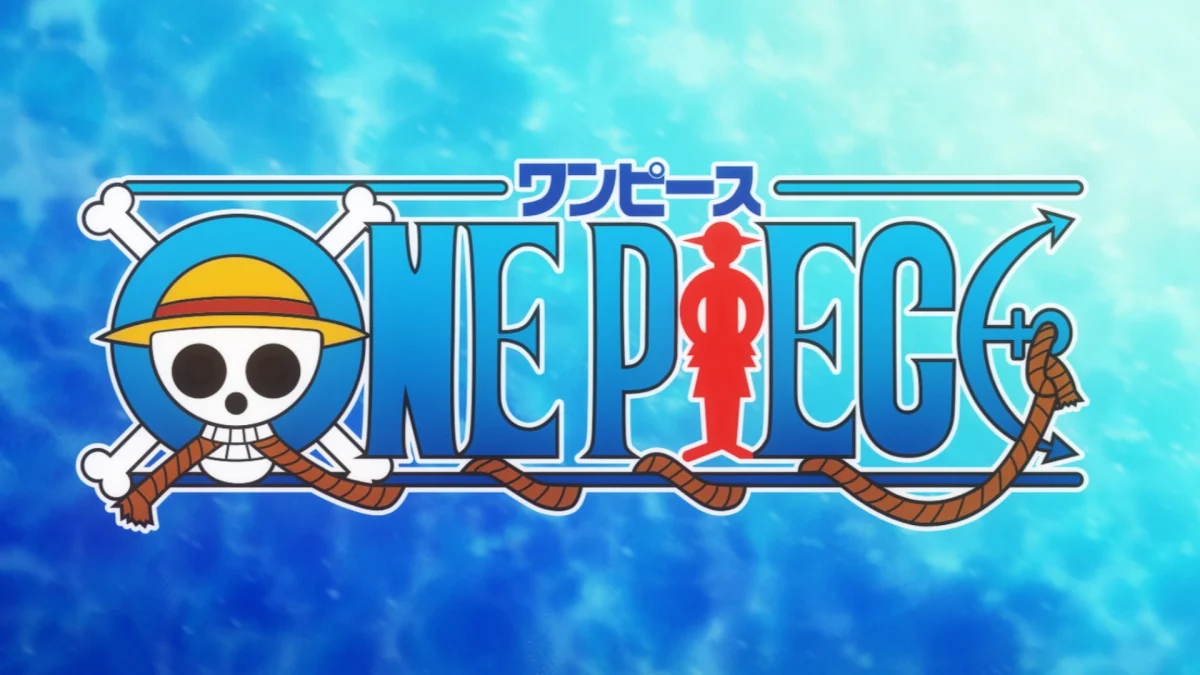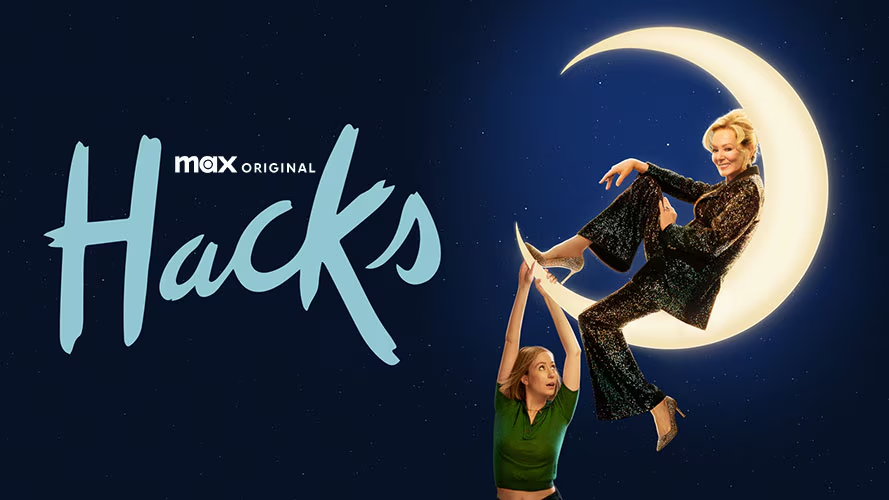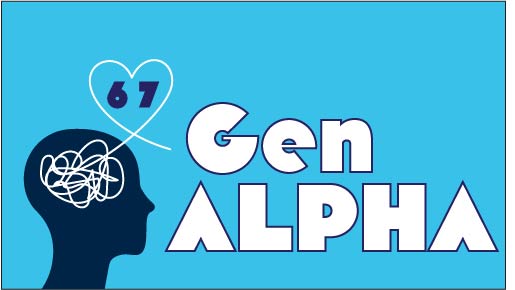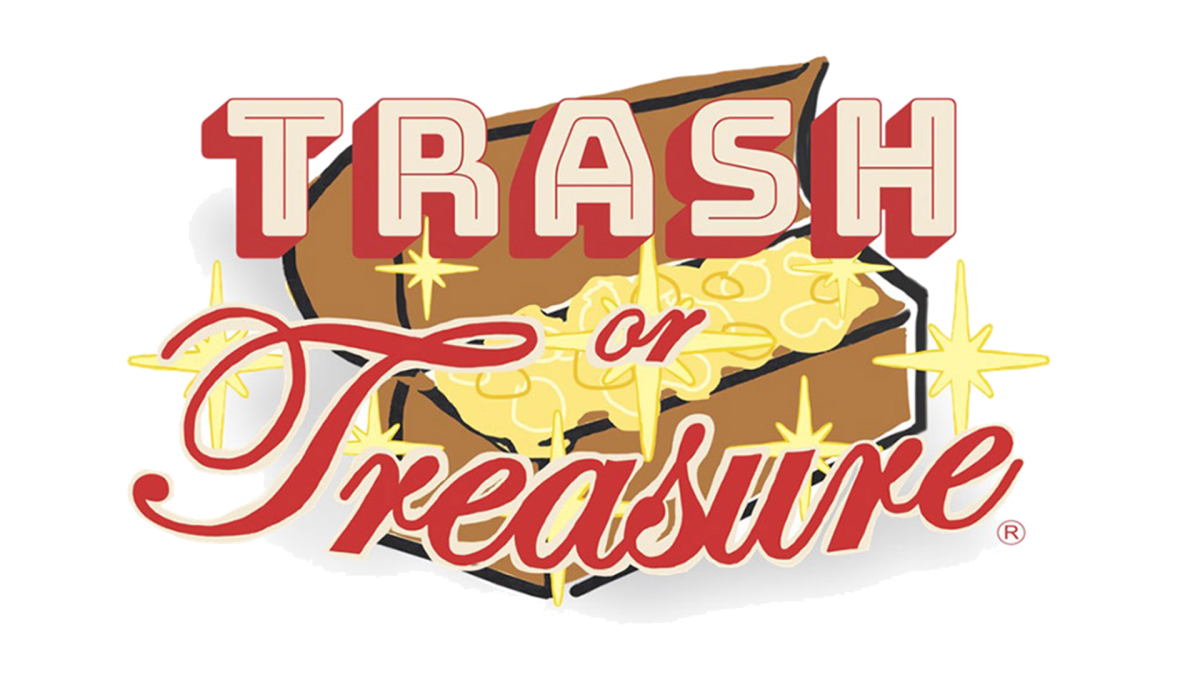There’s a studio that’s made multiple academy-award-winning movies with phenomenal visuals, characters, and storytelling. And yet people look at them not like the brilliant masterpieces they are, but as silly baby movies to put on for their kids, all because they fall under the category of animation. Well, I’ve had enough. Genius can only go unrecognized so long and Studio Ghibli deserves all the attention in the world.
I’ve poured hundreds of hours into analyzing and thinking about movies and media: what makes characters work, the symbolism of the visuals, how particular scenes use emotions and support the film, how music and sounds aid the atmosphere, how these stories relate to the real world, and a LOT more elements. Every visual story has these elements, they just vary in prevalence from story-to-story. Some handle these ingredients with gentle measuring and nuanced sprinkling, while others dump them all in and call it a meal.
Studio Ghibli is a studio for Japanese animation, commonly known as anime. Starting in 1984 with the film “Nausicaä of the Valley of the Wind”, a film made by Hayao Miyazaki (a name you’ll be seeing a lot), Ghibli has crafted 23 feature films in their 37 years of operation, with all but 3 earning a rating of 85 or above on Rotten Tomatoes.
I haven’t seen *all* of their movies, only a handful of them, but those alone tell me that this studio is something really really special. I watched a marathon of five films at the end of July, and by some odd coincidence, they gently descended in quality as I watched them.
I’ll start with the last film I watched (the weakest) and move up: Miyazaki’s Howl’s Moving Castle, 2004. All but one film I watched was directed by Miyazaki, and his talents are undeniable, even in a fairly weak film like this. The film stars Sophie, a frankly boring protagonist whom audiences just aren’t given a reason to care about. She is swept up by the wizard Howl, a frankly boring deuteragonist whom audiences just aren’t given a reason to care about. It’s all started by a curse put on her by the Witch of the Wastes, a frankly boring villain whom audiences just aren’t given a reason to… I’m starting to sense a theme.
This is oddly poor character writing from a Miyazaki movie; every other story has a great set of main characters with motivations and characteristics that help them grow.
None of these characters really seemed to grow, nor do audiences relate to them. Every other film I watched had the benefit of a young protagonist, something audiences could all relate to at some point, whereas this film takes the opposite route, and it doesn’t work.
The Witch of the Wastes becomes a good guy? For some reason? She doesn’t really do anything for the rest of the movie and could be written out because the curse she puts on Sophie doesn’t really matter all that much in the end.
Alright- let me be nice for a change, this movie’s themes of war and hatred are very well expanded upon, the rough, mechanical design of the titular castle and how 2D and 3D live in harmony to make the hulking beast the standout of the film, and, oh yeah, this movie also stars Billy Crystal as a fireplace. His character, Calcifer, is such an interesting, funny, charming, likable character in an unfocused mish-mash film of boring ones. The entire movie has no focus, if you enjoy it, more power to you. For me though it’s a 5/10, this one’s a bit of a slip up in Miyazaki’s resume.
Prior to that, I watched 2007’s The Secret World of Arrietty by Hiromasa Yonebayashi, the only one I watched not directed by Miyazaki, which shows, as this film is quite literally a very small, uncomplicated story.
Arrietty and her parents (Amy Poehler and Will Arnett) are borrowers, tiny humans who “borrow” things from human homes for their own homes, when a boy, Shawn (who was apparently played by TOM HOLLAND in the UK dub. I hate America), visits the house to prepare for the operation on his terminal heart condition.
This film is the most standard kid’s film of the five I watched. There’s not many deeper themes or thoughts, it’s just a fun adventure story.
The two leads have good chemistry, Shawn’s weary apathy due to his high chances of losing his life contrasts well to Arrietty’s taught sternness, as well as their drastic difference in size; they’re a cute duo who audiences can believe would be the best of friends. This movie also has very good sound design and visuals, which do a great job of making something we normally see as so small seem huge, but still at home.
However, the villain is kind of lame. There were so many more fun options than what is essentially Consuela from Family Guy. Overall I give it a 7/10, it’s a fun little movie with a creative story, but a studio can’t be considered a master if they’re built on 5s and 7s.
The remaining three films on this list are solid 10s and display some of the smartest and most creative writing ever put to film. If any of them were your favorite, you’re right. They’re all the best.
A common motif in Miyazaki’s films is man vs nature, and nowhere is that more present than in 1997’s Princess Mononoke. This film is a sprawling fantasy epic, with a huge scale and serious tone.
It displays the humans as greedy machine-building beasts, on par with the literal beasts of the forest, who take their hatred out on the humans themselves. Prince Ashitaka, after being cursed by a forest god and doomed to die, sets out to find the Great Forest Spirit, and to bring peace to the war between the humans and the forest.
Ashitaka is an understandable protagonist with a kind heart; San, the titular Princess Mononoke, while not as tightly written, is still an emotional character, and audiences understand the struggles she experiences.
The wolf characters are voiced so calmly and regally that audiences can’t help but respect, yet fear them, and the devious human leader Lady Eboshi has understandable motives but a bloodthirsty heart, which makes her a fantastic antagonist. The negative emotions audiences feel for the leaders of both sides create a believable war between man and nature, which most stories sway to show nature as the heroes.
These are real people on real sides of a real war. There are no real villains, only two sides that want different things and the people in the middle who fight for equality. It has Miyazaki’s signature sophistication and magic, phenomenal emotional moments, and clear belief and support behind the message of the film.
However, this isn’t Miyazaki’s first take on the themes of preserving nature.
My obsession over the past couple weeks, my favorite Ghibli film, my comfort movie, it’s My Neighbor Totoro. It’s the face of Studio Ghibli for a reason. I’ve never seen a movie that more purely embodies the magic of childhood and youth.
Young sisters Satsuki and Mei (Dakota & Elle Fanning), along with their father, move to the countryside to be closer to their mother in the hospital as she recovers. There they see the spirits of the forest, including Totoro (Frank Welker), a great big cat-bear-rabbit thing. This movie takes nothing to enjoy. It’s just casual, heartfelt, and enjoyable.
Satsuki is a phenomenal protagonist, she’s characterized as a young girl who feels pressured to be an adult due to the hospitalization of her mother, and only solves her problem at the end of the movie by abandoning this and instead resorting to her childlike intuition – Totoro. Audiences understand her struggles and that she genuinely does not deserve the situation she’s in.
Totoro is the embodiment of childhood whimsy, you want to hug him and cry on his shoulder, and he would let you.
The film also supports the idea of preserving nature, but while most stories focus on the cruelty of humans, My Neighbor Totoro instead focuses on the beauty of nature. Acorns are shiny objects seen as treasures, the act of trees growing is like a miracle, and the girls later attempt to bring corn to their mother in the hospital, believing that nature’s magic will heal her.
It’s a wonderfully cute movie that can be enjoyed for what it is. It’s the definition of a comfort movie, it doesn’t need to be a masterpiece of sophistication and smart writing. No, that’s what the final film on this list is.
In the words of the great Schaffrillas Productions on Youtube, “Spirited Away is not a movie. It’s an ethereal, immersive, magnificent experience that leaves you a changed person by the end.”
As Miyazaki’s (and Ghibli’s) most decorated film, being the only 2D-animated film to win the Best Animated Feature award and IMDB’s 28th best film of all time, Spirited Away tells the tale of Chihiro, a young girl who must get a job at a bathhouse in the spirit world to save her parents.
Ghibli Films always look beautiful but this one breaks the bar in two. Each character is well-designed and memorable, and the backgrounds and setpieces are absolutely stunning.
The film also displays Miyazaki’s subtle commentary on how the rich get richer. Though the bathhouse’s owner Yubaba is not the film’s “villain”, she clearly has no issue exploiting the working class for her own gain.
Chihiro is one of the best protagonists I’ve seen in any story, anime or otherwise. Viewers are brought from her beginning as a timid, sheltered girl, unaware of the world around her to the end, where she’s developed into a confident young woman whose unfaltering compassion leaves a positive impact on those around her. The film has no huge climax, just a simple, final display of the growth of our hero. Even with all this nuance, the story is fun and enjoyable, meaning that anyone can enjoy this story regardless of who they are. I don’t know if there will ever be a masterpiece on the level of Spirited Away. If you haven’t done so already, watch it. This is a film everyone should see.
As a studio from Japan that has remained, until recently, in 2D animation, the beliefs in each film are very traditional. War turns brother against brother, nature is sacred and should be preserved, power should not belong to one individual who governs all, embracing childhood is good for the adult soul, and so on. Values like these are very easy to forget in the rut of the modern workday, the struggle to get through life. Miyazaki, Yonebayashi, and all other Ghibli directors clearly embrace these values from Japanese tradition.
Each film also has one standout, magical scene that highlights the best parts of each movie. Arrietty has the first borrowing scene, in which Shawn calls out directly to Arrietty and her father. The quiet tension and heartbeat create a frightening mood at first, tinted with curiosity and allure.
Mononoke has a grisly scene in which the battered, bloody chief of the hog tribe believes his warriors have returned to him when the humans approach him covered in the skins of hogs, and San pleads desperately for him to listen to reason, but he simply won’t.
In Spirited, the scene in the garden where Chihiro slowly eats a rice cake enchanted to return her strength, only for more and more tears to fall with each bite, and the weight of her situation sets in.
Even Howl has the climactic scene in which Sophie travels to Howl’s past to amend the future, the shooting stars, the world caving in around her, the whimsy and creativity, and overall surrealness create the weird, disjoined finale perfect for the film.
And Totoro has the iconic bus stop scene, where Satsuki distresses over her parents only to be approached by Totoro, where she allows herself to be a child for just a moment, and the bus, the source of her current stress, approaches, only to be something fun and unique.
Ghibli’s storytelling is a treasure of filmmaking, and when it’s chalked up to simple kid’s entertainment, I get offended, on behalf of the artists and storytellers who tell us things we forgot long ago.
Animation is not a genre, it is a medium, like a grill is to cooking. When a meal is good for you, uses good ingredients, blends those ingredients well, and tastes like nothing else you’ve ever enjoyed, why should it matter if it was made with a grill, in a deep fryer, on a stove, or on a little fireplace in your backyard? After all, the best ingredients come from nature. They’re a studio just as good as any other, they have made many beautifully-crafted films that just leave me giddy for Ghibli.

